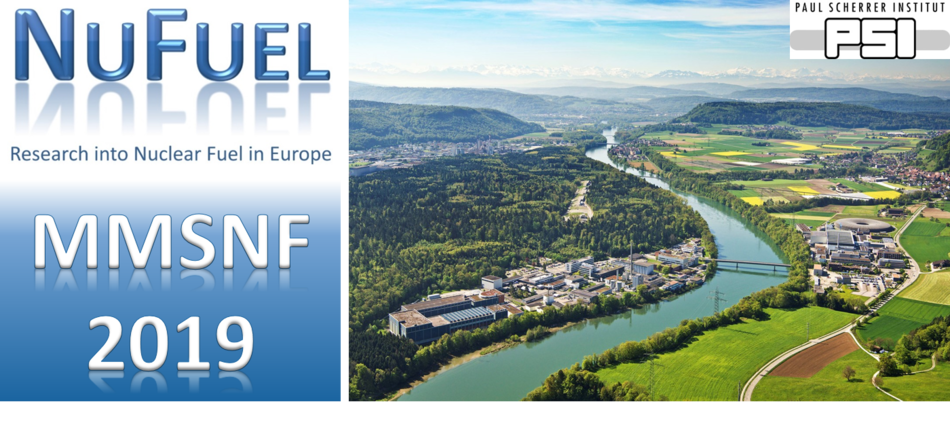Speaker
Description
The Molten Salt Reactor is a class of innovative nuclear reactor in which the fuel is dissolved in a liquid fluoride or chloride bath. The reference fuel under consideration in Europe for the MSFR (Molten Salt Fast Reactor) is a fluoride salt of composition 7LiF-ThF4-233UF4 (77.5-20.0-2.5 mol%) or 7LiF-ThF4-enrUF4-(Pu-MA)F3 (77.5-6.6-12.3-3.6 mol%) [1]. Despite the giant leaps MSR technology has seen since its conception, there remain important technical issues for the technology to reach commercial maturity. The chemical complexity of the fuel salt is one of them. The salt bath is a multi-component system, quite difficult to characterize. It is hence essential for the safety assessment of the reactor to develop models and simulation tools able to predict the physico-chemical properties of the fuel over a wide range of temperatures, compositions and redox potential.
A fundamental understanding of the relationship between the local structure of the molten salt and its physico-chemical and thermodynamic properties is needed to develop such models and gain greater predictive capability over this dynamic, far from ideal salt. It is known that depending on conditions of composition and temperature, the local structure can vary widely with cases where the ions in the melt are completely dissociated, form molecular species, or even exhibit some degree of polymerization [2], [3]. What kind of regime could we expect, say, in different sections of a MSFR?
To build a comprehensive model of the multi-component fuel physico-chemical properties requires to perform measurements of simpler sub-systems, from which models can be extrapolated. In order to gain in accuracy, these models should also take into account as much physical information as possible. The approach in this work is therefore multi-disciplinary and includes experimental measurements of physico-chemical properties and local structure, as well as thermodynamic modelling assessments and molecular dynamics simulations. We investigate the link between short-range order and thermodynamic and transport properties in the key system LiF-UF4 and report a comprehensive thermodynamic model based on the CALPHAD method and the quasi-chemical formalism in the quadruplet approximation. We integrate in this model experimental information from (i) in-situ high temperature Extended X-ray Absorption Fine Structure spectroscopy (EXAFS) measurements using a set-up recently developed at the Delft University of Technology (TU Delft, The Netherlands) [4], (ii) phase diagram equilibria and (iii) mixing enthalpy measurements, together with the output of molecular dynamics simulations based on the Polarizable Ion Model (PIM) [5].

